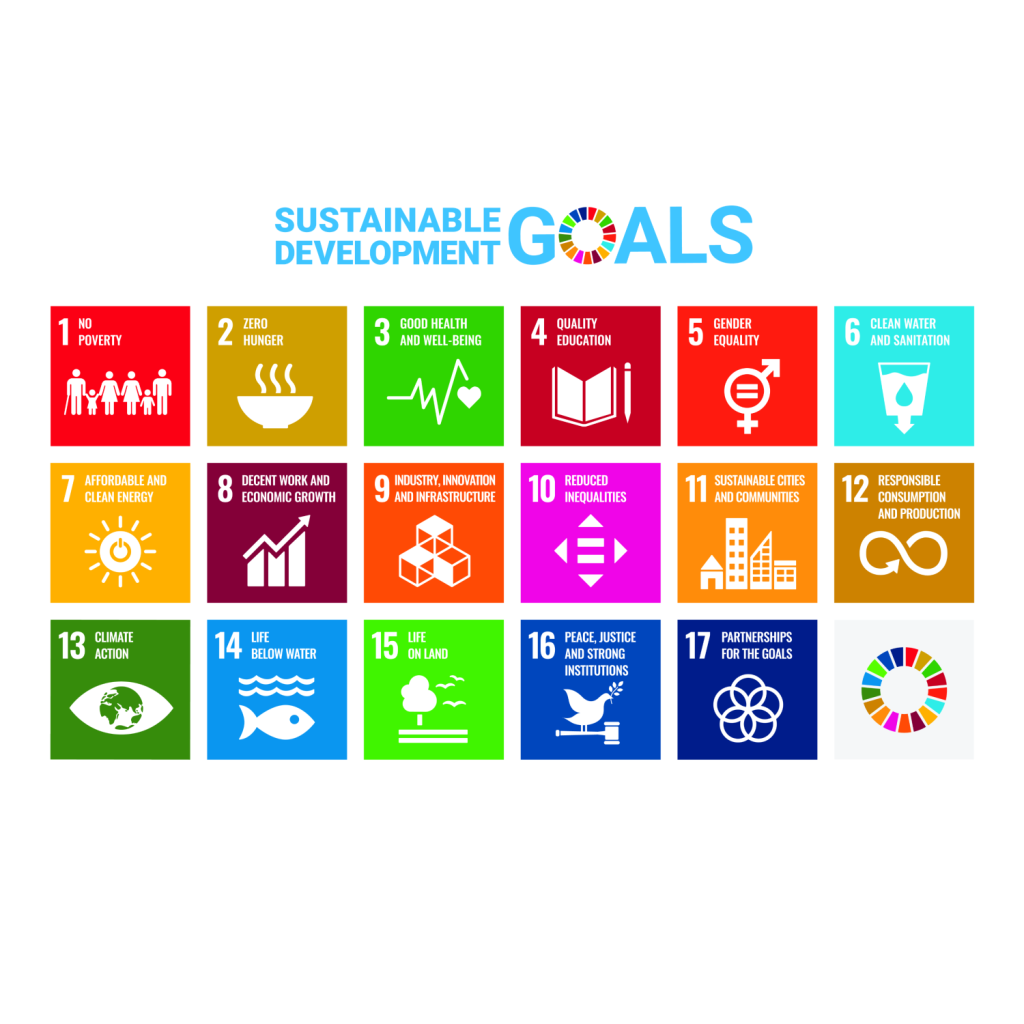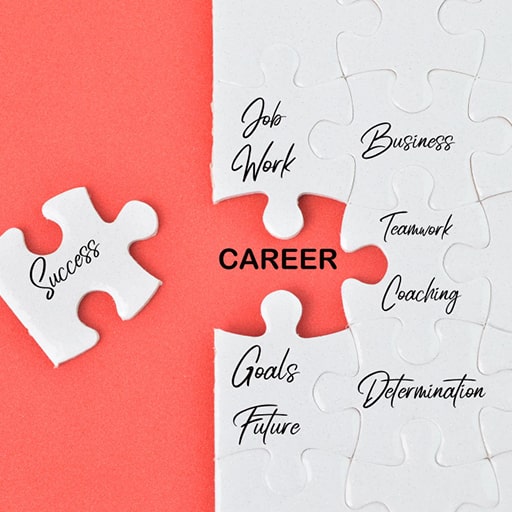Creating or refreshing your competency model is the first step in a transformation that can apply to other areas of talent management. A well-designed competency framework will guide the sourcing, selection and sustenance of a competent and connected workforce.
Fact: 61% of employees say the realities of their new job differ from expectations set during the interview process. (Glassdoor)
Clear competencies and expectations provide a common way to select, grow and sustain talent. According to ATD, competency is what you need to be able to do well in a specific job role, demonstrated by performing various tasks or skills at a target proficiency level.
A professionally designed competency framework must be integrated and aligned with your business process and should deliver the following benefits:
1. Strategic alignment.
Propel your business goals by defining the right processes and designing a competency strategy that aligns your activities and internal resources.
2. Increased efficiency
Clarify your organization structure and filter your responsibilities assignment matrix to increase efficiency by bringing roles clarity.
3. Better clarity
Refine your business goals, map and align processes, document policies, optimize procedures, and establish controls to minimize cost of poor quality, and accelerate your profitability!
4. Organization impact
Ensure the organization is appropriately designed by creating a structure that encourages clear communication, responsibility, and accountability to deliver maximum impact.
Organizations must be aware that unrealistic and unclear expectations cause resentments, therefore ensuring job descriptions, job roles and behavioral competencies must be clearly understood, setting clear expectations right from the start.





